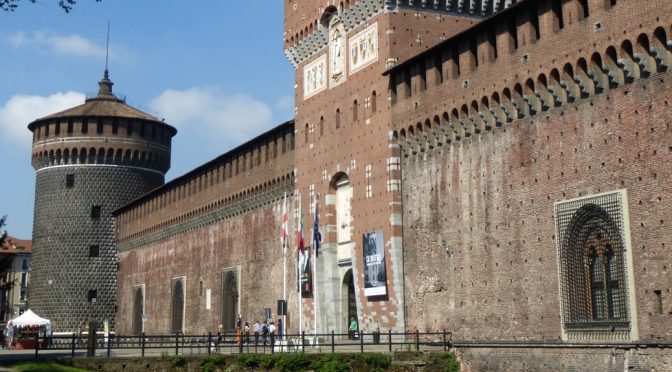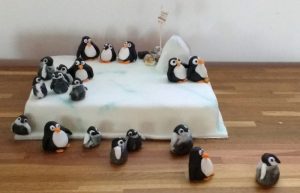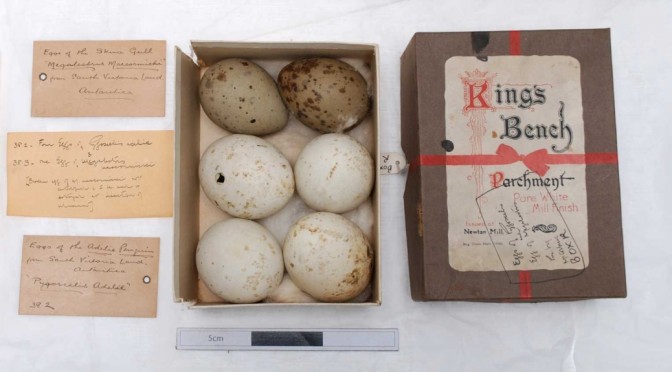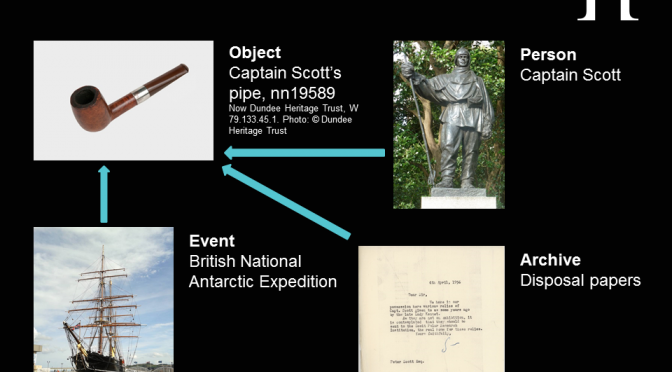A few months ago, I received an email via the contacts page on this website from Franco Saetti, an Italian numismatist, asking me to send him a copy of an article [5 MB PDF] I had written many years ago, discussing a letter which describes a group of people looking at, and discussing, newly-minted coins in Bologna in 1505.1
I scanned a copy of the article and sent it to Ing. Saetti. I was delighted to receive a packet from him a few weeks later, containing a couple of offprints of his own which discussed the same coins as my article.2 I read Ing. Saetti’s articles with interest, and they led to some further thoughts about my article. Continue reading A note about an article about a letter about looking at coins
- Rupert Shepherd, ‘A letter concerning coins in sixteenth-century Ferrara’, Apollo, new ser., 149/443 (January 1999), pp. 40-43. [↩]
- Franco Saetti, ‘Immagini prospettiche nella monetazione rinascimentale italiana: il doppio ducato di Alfonso I d’Este, Rivista italiana di numismatica e scienze affini, 101 (2000), pp. 113-137; id., ‘“Prove” in rame di monete del rinascimento italiano con ritratto’, Rivista italiana di numismatica e scienze affini, 116 (2015), pp. 329-358. [↩]








